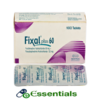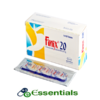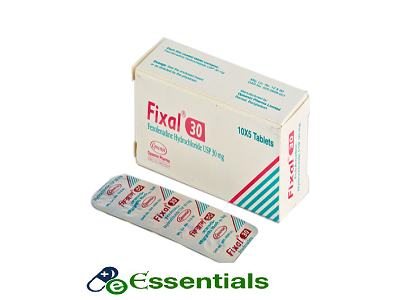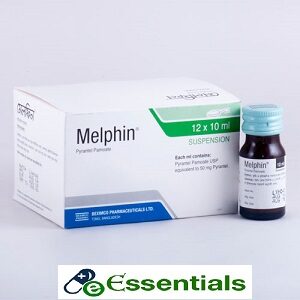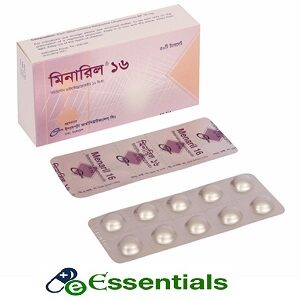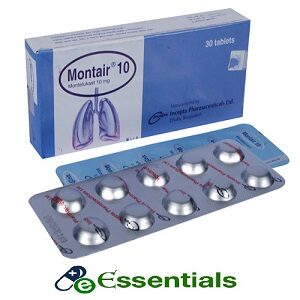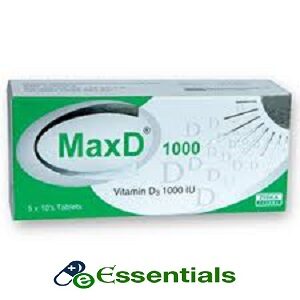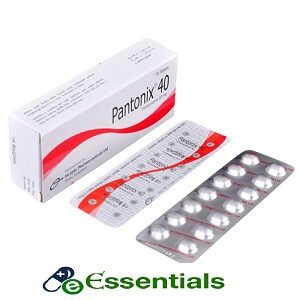Indications
It is indicated for the relief of symptoms associated with seasonal and perennial allergic rhinitis and chronic idiopathic urticaria.
Therapeutic Class
Pharmacology
Fexofenadine Hydrochloride is an antihistamine with selective peripheral H1 receptor antagonist activity. It inhibits histamine release from peritoneal mast cells. No anticholinergic, α-1 adrenergic or β-adrenergic receptor blocking effects has been observed. No sedative or other central nervous system effect has been observed. It does not appear to cross the blood brain barrier.
Fexofenadine is rapidly absorbed after oral administration with peak plasma concentration being reached in 2-3 hours. Elimination half-life of about 14 hours has been reported although this may be prolonged in patients with renal impairment.
Dosage & Administration
Adults-
- Allergic rhinitis: 120 mg once daily or 60 mg twice daily
- Urticaria: 180 mg once daily
Children-
- 2-11 years: 30 mg (1 spoonful) or 5 ml twice daily
- 6 months-2 years: 15 mg (1/2 spoonful) or 2.5 ml twice daily
In case of decreased renal function, care should be taken in dose selection and it may be useful to monitor renal function.
Interaction
Contraindications
Side Effects
Pregnancy & Lactation
Pregnancy Category B. There are no adequate and well controlled studies in pregnant women. Fexofenadine should be used during pregnancy only if the potential benefit justifies the potential risk to the fetus.
Lactation: It is not known if Fexofenadine is excreted in human milk. Because many drugs are excreted in human milk, caution should be exercised when Fexofenadine is administered to a nursing woman.
Precautions
Overdose Effects
Use in Special Population
Storage Conditions
Brand
Opsonin Pharma Limited


